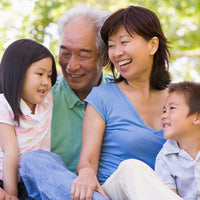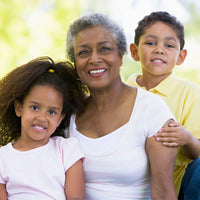
Communication
,
In Your Corner
,
Thinking Frames
Teach Students to Respond Rather Than React
One of the post-pandemic challenges we face is helping our students to learn, or relearn, how to live, learn, and work with others. Long periods without frequent human contact followed by having to deal with the in-person words and behaviors of others have left many students without effective, flexible interpersonal skills. The absence of these skills can lead to hurt feelings, verbal confrontations, and even physical conflicts.
The situation is not likely to improve without our intervention and support. One aspect of interpersonal skills where we can assist students is building an understanding of the significant difference between reacting and responding to the behavior of others. We can start by sharing with students what it means to react and how they can choose to respond.
Our message to students might be something like this:
(Adjust for age and maturity)
When someone says or does something to us that we perceive as hurtful, unwarranted, or disrespectful, we have a choice to make. We can allow our emotions to direct our behavior, or we can pause, consider, and decide the best action to take. Our reptilian brain urges us to react based on our assumption, perception, or emotion of the moment without consideration of the context, intent, or consequences. Our actions are spontaneous and not necessarily reflective of our skills, values, or goals. We may not even be fully conscious of the choice we make, but it is a choice.
We can also choose to pause in order to consider, reflect, and decide what we should do next. Important is to consider the perspective and intentions of the other person and what response would be best for us. What someone said or did does not have to dictate our behavior. How we respond is our choice. If we allow another person to dictate our behavior, we give up our power and become vulnerable to their manipulation. We also risk engaging in actions that do not reflect who we are and who we want to be.
Following up this discussion by sharing examples of ineffective or unproductive reactions and the consequences that follow the choice to react without thinking provides opportunity for deeper reflection. Contrasting those examples with others that demonstrate more effective responses and avoid needless and hurtful conflict serves our advantage.
Further, students can brainstorm and practice strategies to respond rather than react to words and actions that might hurt their feelings or make them angry. Additional strategies for students to consider can start with these five ideas:
- Asking a question to clarify the other person’s intent.
- Calling out the words or behavior as hurtful or disrespectful.
- Assuming the positive intent of the person and claiming confusion with what they meant.
- Asking to talk later when everyone has calmed down.
- Ignoring the comment or action and walking away.
- Pause. Rather than allowing emotions to control, take a deep breath and create space to think.
- Label what you are feeling. Are you angry, frustrated, confused, or feeling something else? Naming your emotions makes them easier to control.
- Ask what is causing your feelings. Why are you feeling the urge to react? What will you accomplish by reacting?
- Choose a response. What do you want to accomplish? What other actions might you consider? How might this choice lead to a good outcome? How might the other person react or respond to the step you contemplate?
- Empower yourself. Consider that you are making the choice of what to do, not the other person. You are acting from a position of power and control. You have not discounted or given away your power.

Take Your District and School Professional Learning to a New Level!
learn more
- Teachers
- Administrators
- Paraeducators
- Support Staff
- Substitute Teachers

- Teachers
- Administrators
- Paraeducators
- Support Staff
- Substitute Teachers






Leave a comment
Your email address will not be published. Required fields are marked with *